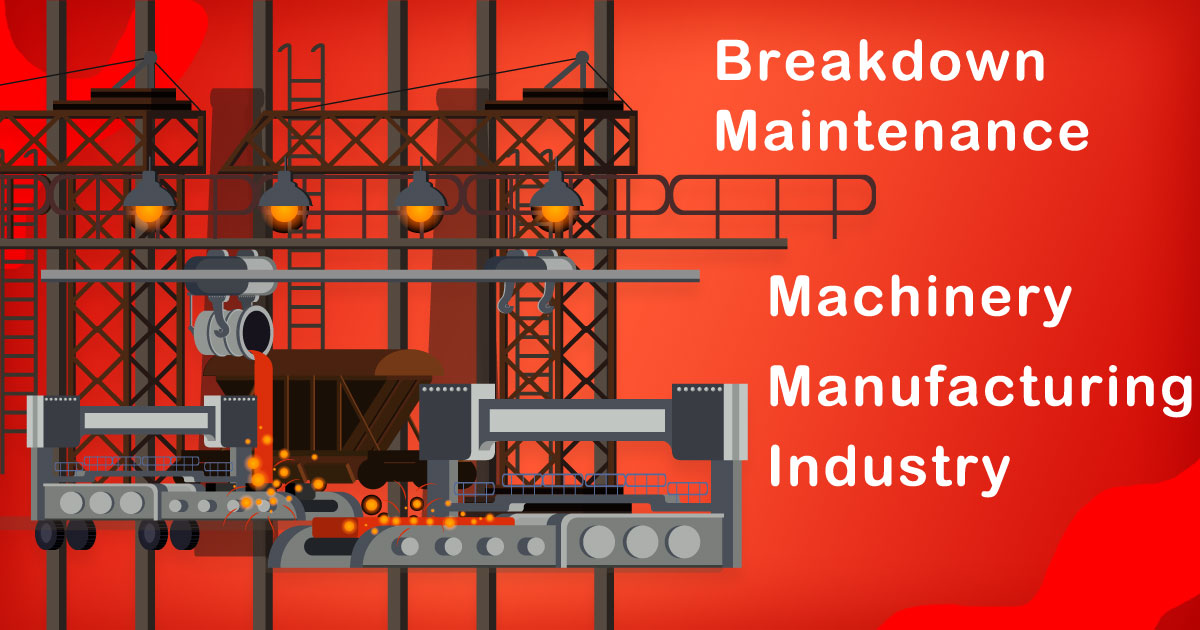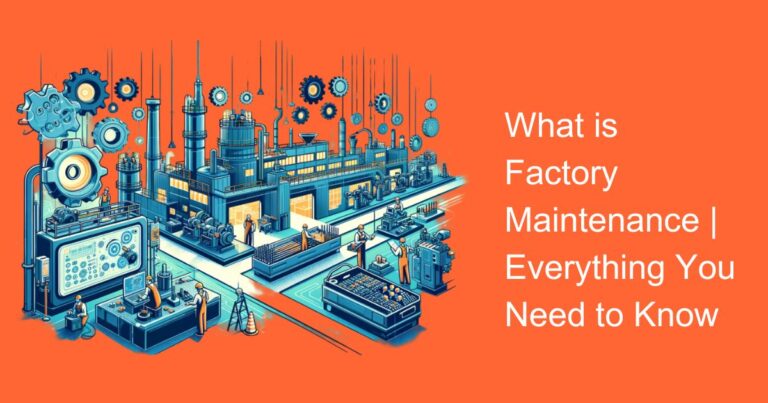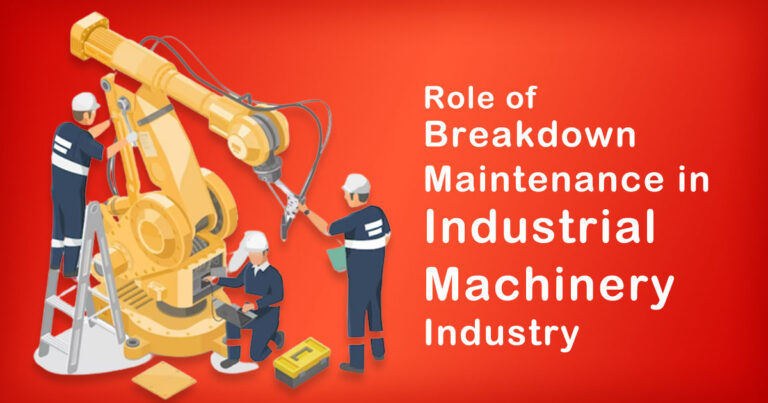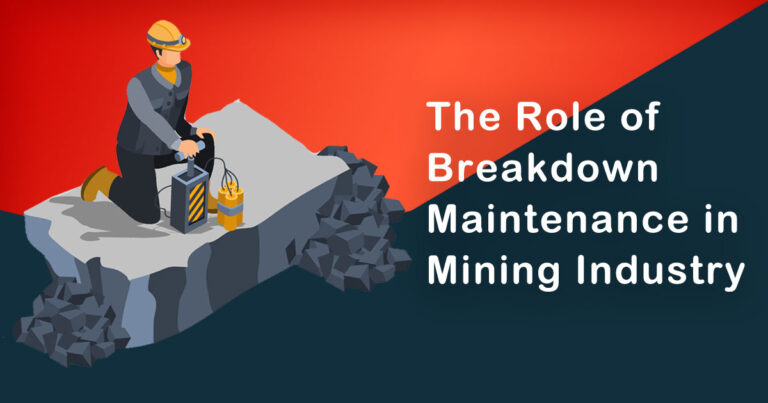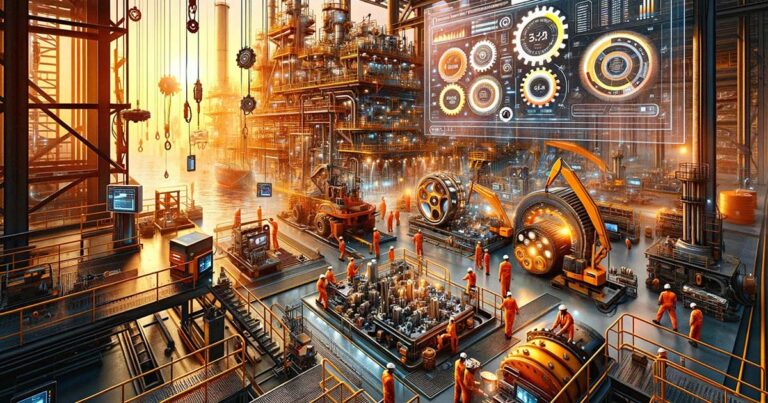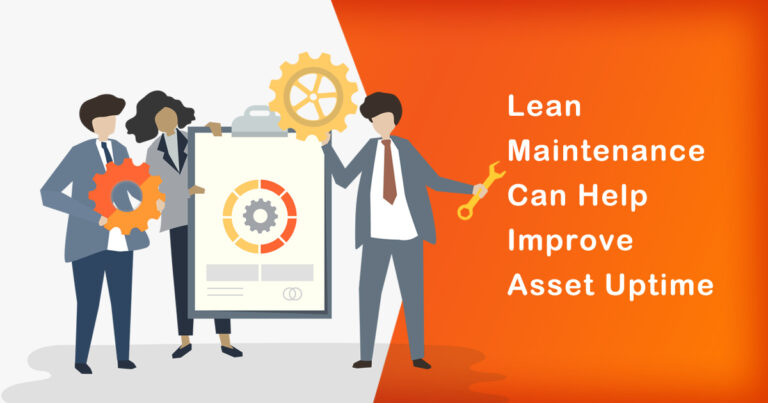Introduction
In the competitive landscape of the Indian machinery manufacturing industry, ensuring uninterrupted production is paramount to meeting market demands and maintaining profitability. Among the various maintenance strategies adopted by manufacturers, breakdown maintenance stands as a crucial aspect that warrants attention. In this blog, we delve into the significance of breakdown maintenance in the Indian context, backed by research and facts, and explore its role in sustaining the machinery manufacturing sector.
Understanding Breakdown Maintenance
Breakdown maintenance, also known as reactive maintenance or run-to-failure strategy, refers to the practice of repairing or fixing machinery only after it has broken down. In this approach, manufacturers address issues as they occur, rather than implementing regular scheduled maintenance.
The Prevalence of Breakdown Maintenance in Indian Manufacturing
Despite the industry’s increasing awareness of preventive maintenance strategies, a significant portion of Indian machinery manufacturers still rely on breakdown maintenance. According to a survey conducted by the Indian Machinery Manufacturers Association (IMMA) in 2022, over 45% of small to medium-sized manufacturers follow a reactive maintenance approach.
Cost Implications
While breakdown maintenance may seem cost-effective initially, it often results in higher long-term expenses. Unplanned downtime can lead to production losses, reduced efficiency, and inflated repair costs. Research by the Federation of Indian Industries (FII) revealed that unplanned downtimes cost the Indian machinery manufacturing sector approximately 4% of its annual revenue.
Impact on Productivity
Breakdown maintenance directly impacts productivity, as sudden equipment failures disrupt the production flow. The Indian Institute of Management (IIM) conducted a study that demonstrated a clear correlation between the frequency of breakdown maintenance and reduced manufacturing output. Companies employing reactive maintenance strategies experienced, on average, a 20% decrease in production compared to those implementing preventive maintenance measures.
Safety and Environmental Concerns
Neglecting timely maintenance increases the risk of accidents and workplace hazards, posing a threat to workers’ safety. Moreover, malfunctioning machinery may lead to environmental contamination or resource wastage. The Central Pollution Control Board (CPCB) reported a rise in environmental incidents related to machinery breakdowns in the last two years.
Machinery Longevity
Properly maintained machinery tends to have a longer lifespan, leading to reduced capital expenditures on equipment replacements. The Indian Machinery Maintenance Council (IMMC) reported that manufacturers implementing proactive maintenance practices observed an average 15% increase in machinery longevity.
Adopting a Proactive Approach
To mitigate the risks associated with breakdown maintenance, Indian machinery manufacturers need to shift towards a proactive approach, emphasizing preventive and predictive maintenance strategies. Regular inspections, condition monitoring, and scheduled maintenance help identify potential issues before they escalate into costly breakdowns.
The Role of Technology
The integration of Industry 4.0 technologies has facilitated the transition towards proactive maintenance. IoT-enabled sensors, data analytics, and predictive maintenance algorithms enable manufacturers to monitor machinery health in real-time, predict failures, and plan maintenance activities efficiently.
Case Study: A Success Story
To underscore the effectiveness of proactive maintenance, let’s examine the case of an Indian machinery manufacturer. XYZ Machinery Pvt. Ltd. witnessed a significant improvement in overall equipment efficiency (OEE) by adopting a predictive maintenance approach. In just one year, their OEE increased by 12%, leading to a 7% rise in annual production output.
Conclusion
Breakdown maintenance has been a prevalent practice in the Indian machinery manufacturing industry, but it comes with significant drawbacks, including increased costs, reduced productivity, safety concerns, and environmental risks. Embracing preventive and predictive maintenance strategies and leveraging modern technologies can help manufacturers enhance equipment reliability, minimize downtime, and boost overall operational efficiency. By prioritizing proactive maintenance, Indian machinery manufacturers can strengthen their competitive edge in the global market and ensure sustainable growth for years to come.


